In 1977, 4.5% of Victorian Aboriginal children were in out-of-home care. Within three years of VACCA operating, this number had nearly halved.
VACCA started the ‘Ghubbariginals’, a support group for non-Aboriginal families who had adopted or fostered Aboriginal children, and ran camps at Lake Tyers for the families.
Melbourne’s First Aboriginal Child Survival Seminar was held in April 1979. Following this, Aunty Mollie, Maxine Robbins, Stephen Unger and Graham Atkinson undertook a national tour to campaign for a legislated national network of Aboriginal childcare agencies. The Secretariat of National Aboriginal and Islander Child Care (SNAICC) was born in 1981.
VACCA’s leadership and advocacy has resulted in significant policy and legislation reform. In 1979, the Victorian Social Welfare Department adopted the principle that the removal of an Aboriginal child from their family or community environment should be a last resort.
The Aboriginal Child Placement Principle was then incorporated into the Victorian Adoption Act of 1984 and the Children and Young Persons Act 1989, following the Carney Review. VACCA secured the state government’s agreement that it be consulted in all welfare-related decisions affecting Aboriginal children.
VACCA was a major contributor to the Victorian Children Youth and Families Act (2005). Section 12 recognises the right of Aboriginal people to self-determination and section 18 allows for ‘Aboriginal Guardianship’. In other words, for Aboriginal agencies to make decisions about the protection of Aboriginal children.
VACCA has continued to foster relationships and learn from international examples in Aboriginal child and family welfare, particularly from the Indigenous peoples of Canada and the United States.


